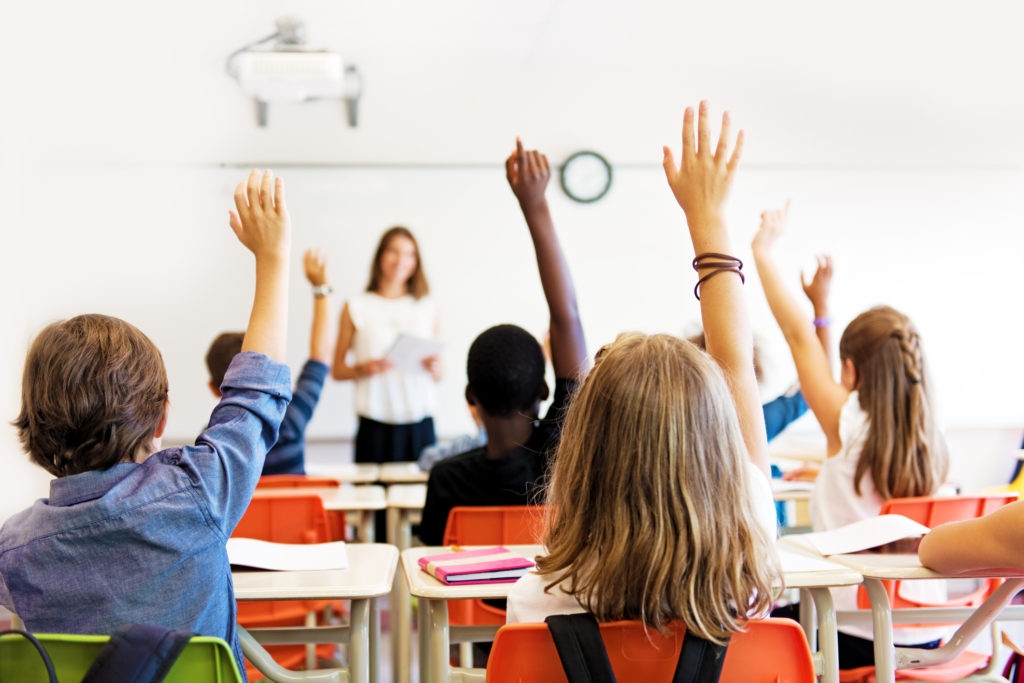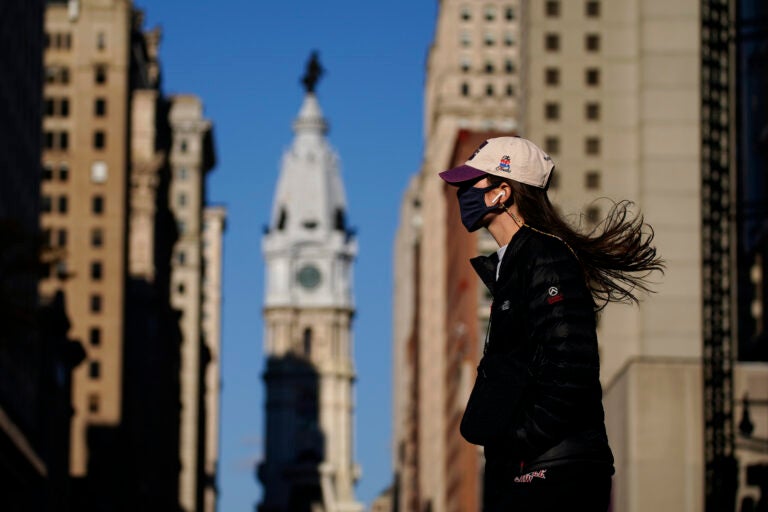
I ran across an interesting article recently about the impact of the COVID-19 pandemic on animals being held in captivity in zoos or safari parks. The question explored was whether primates at Twyford Zoo and Knowsley Safari in the UK–specifically, bonobos, baboons, chimpanzees, and western lowland gorillas–noticeably changed their behavior after the zoos and parks reopened following prolonged shutdown periods and visitors reappeared.
The answer was yes. When visitors returned to the zoo, the bonobos and gorillas spent less time alone, the gorillas spent less time resting, and the chimpanzees were eating more and engaging with their enclosures. The baboons in the safari park engaged in less sexual and dominance behavior when the visitors came back and were more likely to approach visitor cars, compared with the ranger vehicles they saw when the park was closed. The observations of increased activity indicate that all of the primates found the return of visitors to be stimulating. At a certain point after the reopening, however, the novelty of visitors wore off and the increased stimulation stopped.
Because zoos and safaris rarely close for extended periods, the pandemic shutdowns and their aftermath provided a unique opportunity to evaluate the interaction of the primates and visitors. The study showed that the primates in the zoo and safari park noticed when visitors were gone, and were interested in interacting when humans suddenly reappeared. Those findings will sound familiar to homo sapiens who lived through the pandemic shutdowns and then felt a surge of adrenalin when the shutdowns ended and a return to more normal (if masked) human activity and interaction once again became possible.









